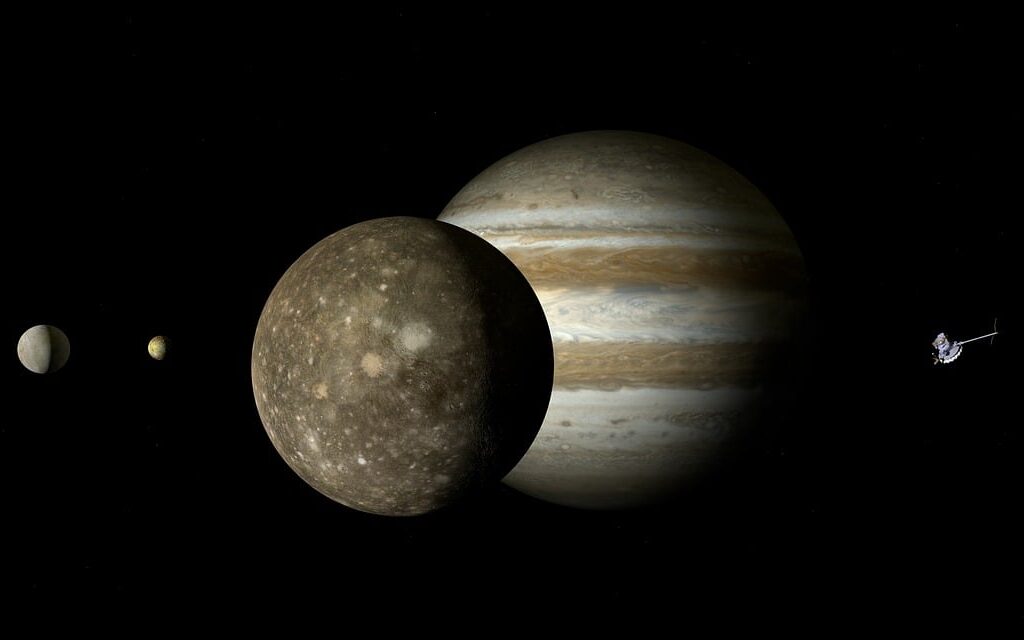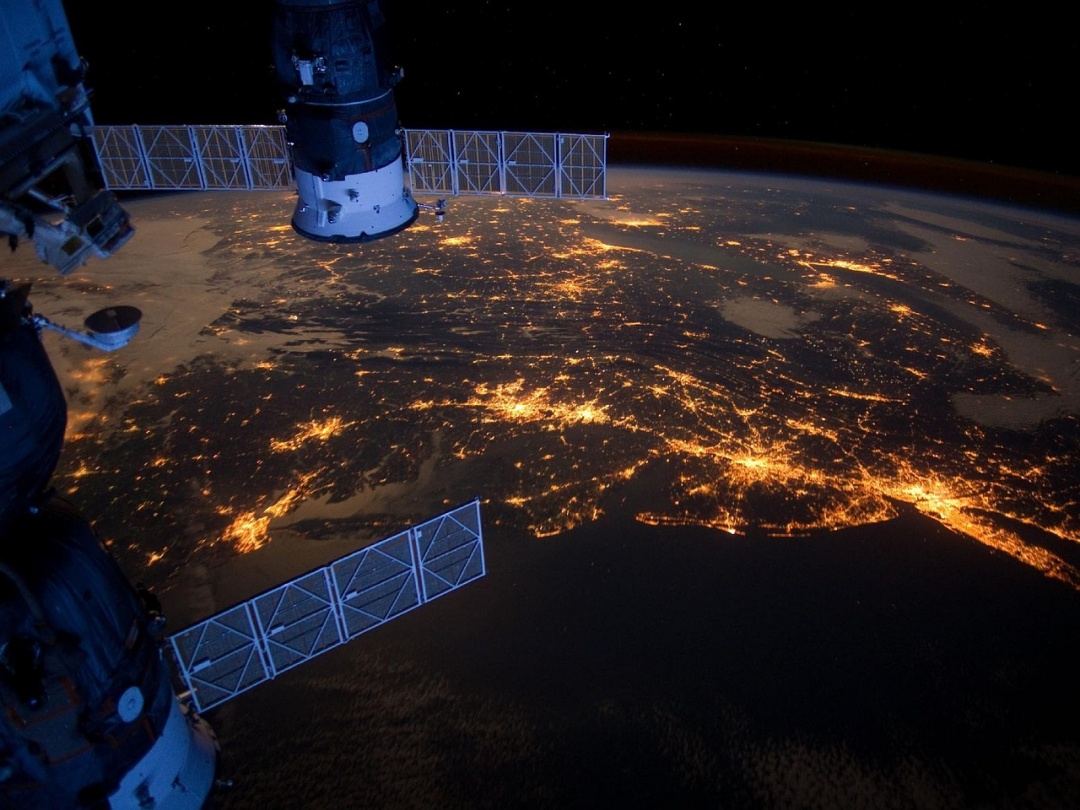
From Hungary, three HUN-REN research centers have contributed to the JUICE mission.Continue reading

The latest development of the HUN-REN Institute of Earth Physics and Space Science (FI) in Sopron may contribute to a more accurate forecast of space weather which could help prepare for extreme events.
The European Space Agency (ESA) continuously monitors processes in the Earth’s orbit to ensure the safe operation of satellites. This work is supported by the so-called space weather data products developed by the staff of the HUN-REN Institute of Earth Physics and Space Science (FI) in Sopron (western Hungary). Developed by the researchers, these will make near-Earth space safer for space industry operators.
The processes that take place in the Earth’s orbit, mainly driven by the Sun, are collectively known as space weather. During active solar activity, such as now, very extreme changes can occur in this region in a short period of time. These extreme conditions can threaten the operation of satellites orbiting the Earth and the technologies that rely on them (e.g. GPS navigation, telephones, internet).
This is why the European Space Agency operates a number of satellites to monitor space weather conditions around the Earth.
The resulting measurement data will help us to better understand these processes, improve their predictability, and thus make Earth’s orbit safer for space industry operators,”
said Tamás Bozóki, a researcher at the institute.
The Hungarian researchers are now trying to understand exactly what processes take place during the onset and decay of extreme conditions that can improve the predictability of these events.
We can also help satellite operators to prepare for these extreme events (e.g. radiation), for example, by developing emergency scenarios or designing more resilient satellites thanks to new space weather data models,”
the researcher added.
This time, their group has been commissioned to develop data products characterized by ultra-low frequency (ULF) wave activity. These waves play a crucial role in energizing the high-energy particles that threaten satellites. The algorithm they have developed not only reliably detects these waves, but also characterizes them on a large scale. The resulting data system and associated documentation are now freely available on ESA’s dedicated website. The first paper presenting their scientific results has been published in the Journal of Geophysical Research (JGR) in the journal Space Physics.
Via MTI; Featured picture: Pixabay